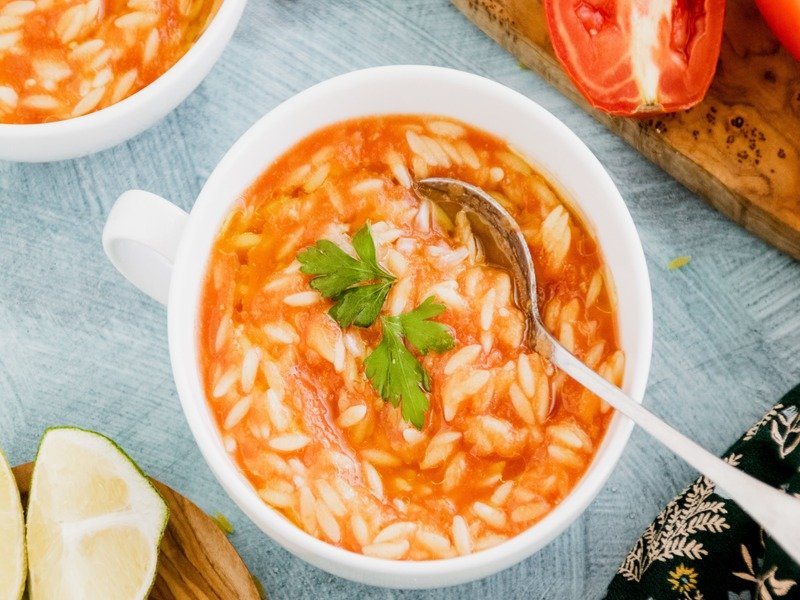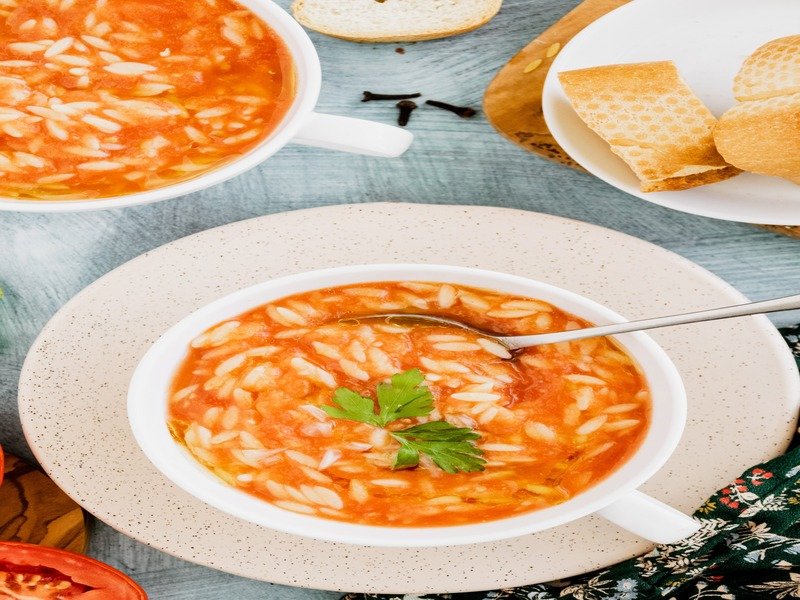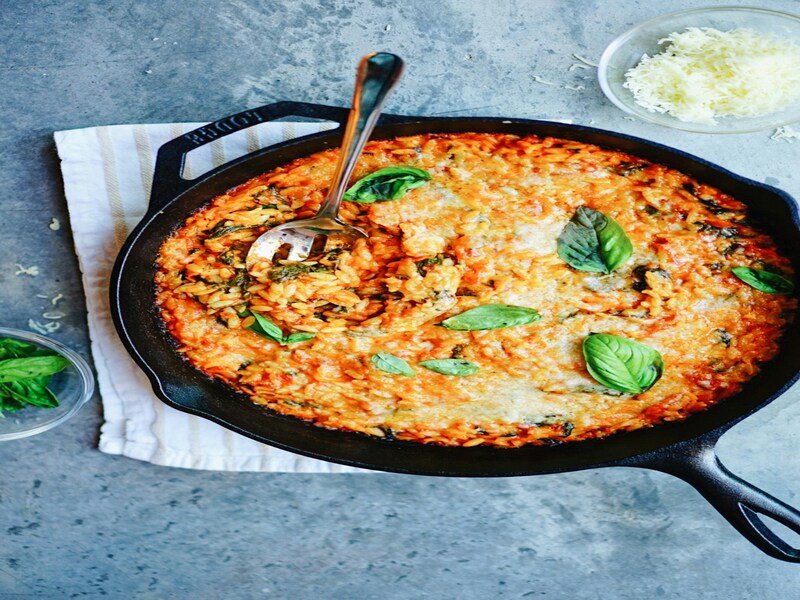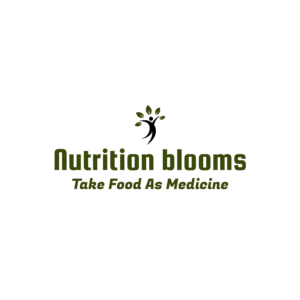The little, rice-shaped pasta known as orzo is frequently overlooked when talking about nutrition. Easily overlooked on supermarket shelves in favor of more well-known options like quinoa or whole wheat pasta, orzo is just waiting to be found. However, beneath its humble exterior is a wealth of nutritional advantages that can improve your diet in a variety of ways. Let us explore orzo nutrition facts to reveal its potential and explain why it should be a part of your diet.

Orzo: What is it?
Although the name “orzo,” which comes from the Italian word for barley, suggests huge rice or barley grains, it’s actually a kind of pasta. Typically prepared using semolina flour, orzo is frequently used in meals that allow its tiny size and delicate texture to shine, such as soups, salads, and pilafs.
Profile of Macronutrients
Orzo nutrition facts show that it consists of macronutrients, which include lipids, proteins, and carbs. The following is an outline of what to anticipate from a standard cup (or 195 grams) of cooked orzo:
Glucose:
Because orzo is high in carbohydrates, it’s a great source of energy. There are usually about 40 grams of carbs in a meal. Orzo has less of an effect on blood sugar levels since, in general, it has a lower glycemic index than many other refined grains, even if it contains carbohydrates.
Proteins:
Unexpectedly, orzo has a moderate protein content. About 8 grams of protein are available in a 1-cup serving. Although orzo is not as high in protein as meats or legumes, it can still be a part of your daily protein consumption, particularly when combined with other protein-rich foods in a meal.
Fats: Orzo has a naturally low fat content, averaging about 1 gram per serving. This makes it a good choice for people who are trying to maintain a balanced diet or are limiting their intake of fat.
Content of Micronutrients
In addition to being high in macronutrients, orzo nutrition facts reveal that orzo provides important vitamins and minerals that are critical for general health and wellbeing. Some important micronutrients included in orzo include:
Dietary fiber is present in orzo, but only in modest levels. There are usually about 3 grams of fiber per serving. Fiber is essential for gastrointestinal health since it encourages regular bowel movements and lowers the risk of ailments like constipation and diverticulitis.
B vitamins: niacin (vitamin B3), thiamine (vitamin B1), and riboflavin (vitamin B2) are among the B vitamins that are present in orzo in good amounts. These vitamins are necessary for nerve function, energy metabolism, and the preservation of healthy skin, eyes, and hair.
Minerals: Iron, magnesium, and zinc are just a few of the minerals found in orzo. Zinc aids in wound healing and immune system function; magnesium maintains muscle and nerve function, and iron is essential for the blood’s ability to carry oxygen.
Orzo’s Health Benefits
Besides revealing orzo nutrition facts, orzo in your diet has several health advantages:
1. Extended Energy:
Orzo’s complex carbs offer a consistent energy release that keeps you feeling satisfied and energized all day long. Because of this, it’s a great option for fueling your body after long exercises or hectic days.
2. Weight Management: When eaten in moderation, orzo can be a part of a diet focused on losing weight, despite its reputation as a pasta. Because of its high fiber content, it may help with weight management by promoting feelings of fullness and lowering total calorie consumption.
3. Heart Health: Ozo is a heart-healthy choice because of its low fat and cholesterol content, fiber content, and magnesium content. There is a link between a diet high in magnesium and fiber and a lower risk of stroke and heart disease.
4. Versatility: Ozo is a flexible ingredient that works well in a variety of recipes due to its mild flavor and adaptability. Making meal planning more fun and varied, orzo goes well with a variety of flavors and ingredients whether it’s used in soups, salads, pilafs, or casseroles. How to Include Orzo in Your Meal Plan
Now that you know the health advantages of orzo, try these delectable ways to use it in your meals:
1. Orzo Salad: Mix cooked and chilled orzo with fresh veggies like bell peppers, cucumbers, and cherry tomatoes, along with herbs like basil and parsley. Toss with lemon juice, olive oil, salt, and pepper for a healthy and revitalizing salad.
2. Orzo Soup: To make a filling and substantial supper, incorporate orzo into your preferred soup recipes. Orzo adds texture and body to soups, such as minestrone, chicken soups, and vegetable soups.
3. Orzo Pilaf: Simmer orzo in broth until it becomes tender after cooking it with aromatics like onions and garlic. Add your preferred vegetables, such as For a straightforward yet tasty pilaf, add peas, carrots, or spinach, then sprinkle grated Parmesan cheese on top.
4. Orzo Stir-Fry: Use cooked orzo as a foundation for stir-fried protein and vegetable dishes, such as tofu, shrimp, or chicken. For a quick and wholesome dinner, toss everything together with the soy sauce, ginger, and garlic.

In summary
Despite its diminutive size, orzo nutrition facts show it contains high nutritional content. Tightly packed with fiber, protein, vitamins, and minerals, orzo presents a plethora of culinary and health benefits. Orzo is a great way to get critical nutrients into your body while still enjoying delectable dishes. Therefore, keep this adaptable pasta in mind the next time you’re organizing your meals—it might end up becoming your new favorite component.


